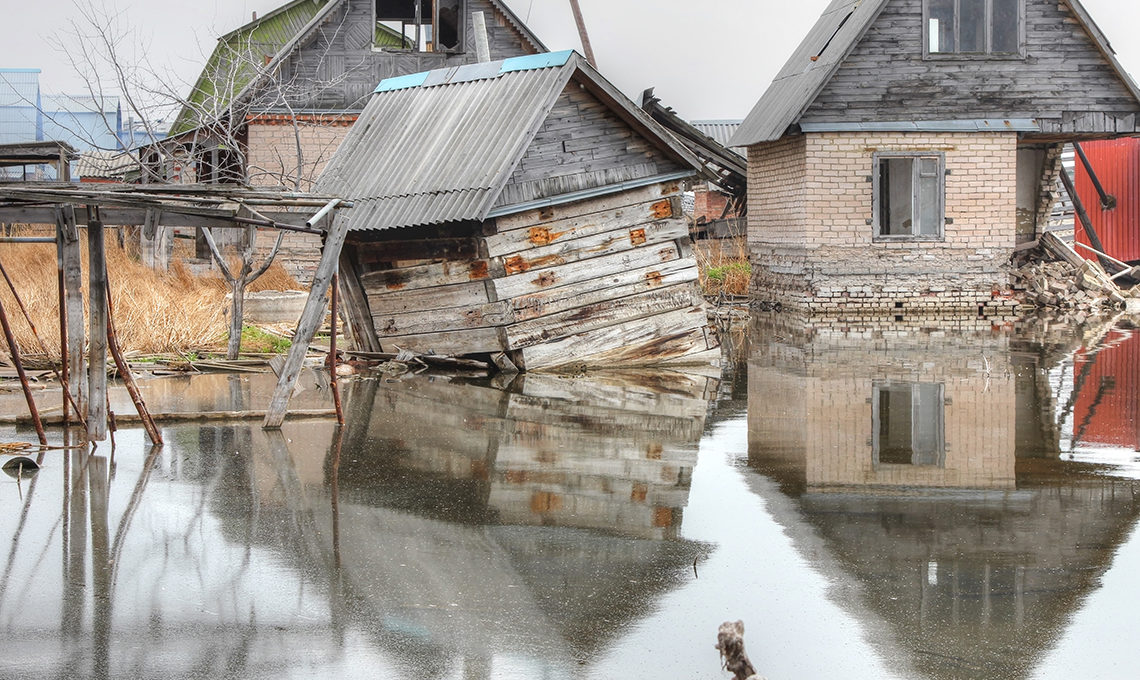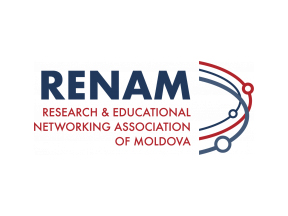
Preparing for environmental disasters in Moldova
Moldova regularly faces natural hazards in the form of droughts, floods and pollution. But funding for mitigation efforts is only received if and when these hazards occur. One Moldovan scientist is using the support of RENAM – the Research and Educational Networking Association of Moldova – and the EU-funded EaPConnect project to improve his country’s preparedness for environmental disasters.
Dr Dumitru Drumea, a researcher at the Institute of Ecology and Geography in Chisinau, Moldova and an associate professor at the Free International University of Moldova, says that environmental challenges can be overcome with education programmes.
In 2018 he submitted a winning project proposal to the Enlighten Your Research (EYR) programme in the Eastern Partnership (EaP) countries by the EU-funded EaPConnect project. Here, he explains more in his own words:
Describe the problem you’re looking to solve?
Our ability to react to environmental disasters in Moldova is closely linked to funding – and if there are no floods, we receive no funding. We’re then stuck in a vicious cycle whereby we can never properly plan ahead for environmental disasters.
Having many years’ experience in environmental research, I know that data management and the way data is presented to decision-makers is a key area for improvement. There’s a lot of work going on in the EU that could be used in Moldova and the Eastern Partnership region. Education on how we plan for environmental issues in EaP countries should be based on EU directives and the experiences of other EU countries. These learnings could play a crucial role in mitigating natural disasters and pollution.
In Moldova, we also have significant experience mitigating environmental disasters through cooperation with EU institutions. Relevant flood management plans have been developed according to the EU Water Initiative project frameworks, which were introduced five years ago. Case studies from this project are a valuable resource for various different audience groups.
In addition, a 2015 Drought Management Programme for the Central and Eastern European region (including Moldova) was outlined by the Global Water Partnership for Central and Eastern Europe with the agro-zoning map for the Dniester river basin. This Moldovan experience and its scientific analysis will also contribute to the mitigation of natural disasters, pollution reduction and nature conservation.
Who are the main target groups for your educational programmes?
First, university students from the biomedicine and ecology faculties. They should be studying environmental directives and the different ways of developing planning papers for environmental management according to the provisions of the EU directives.
Second, local public and sectoral authorities. This group should know about ways to plan projects in their regions. Strengthening their fundraising capacity in order to implement environmental initiatives is very important for them, as well as improving use of the Internet and other informational resources.
Third, civil society. This target group should be actively involved in planning for and implementing environmental activities. Improved use of informational resources is a priority for them, too.
We then have children, youth organisations and students from non-environmental university departments. Here, we need to improve awareness and behaviour around Internet use and environmental best practices.
I believe that educational activities with these target groups will help Moldova to be less reactive to hazards, and different levels of authorities will be better prepared to proactively measure and assess risks and plan mitigation actions.
What are the main challenges you face in Moldova regarding your project plans?
The first is a lack of capacity within local public and sectoral authorities to actually implement environmental initiatives. Another issue is around data presentation and data processing of case studies.
The main challenges in terms of educational programmes are:
- Poor networking and partnerships within different target groups
- Insufficient capacity of hardware and software across all educational activities.
Why did you apply for the Enlighten Your Research programme?
One of the main points of my project is to select and present case studies, and analyse how they could be applied not only in Moldova, but in the whole EaP region. The EU has great experience in this area, and its resources are important tools for environmental education. I thus felt it was a good fit for the EYR programme.
What support did you expect from RENAM, the Moldovan NREN?
Networking opportunities, online resources and computing technologies are the key elements of environmental learning, content development and knowledge distribution. In my everyday work, I’m preparing educational courses based on online resources. RENAM is providing cloud infrastructure and guidance on Open Data and Open Science with OpenAIRE.
What do you think of the Open Science movement?
The Open Science movement could help create new and effective partnerships and networking as well as share recent case studies. Repositories could also serve as tools for knowledge-sharing and database management, and could help us develop applied research programmes based on information and online resources.
In this context, the use of case studies based on existing sources could be a valuable way of sharing information in relevant repositories with different users.
What’s your final message for readers?
Environmental problems know no borders. And education, based on informational flow, is one of the most important tools for improving the environment. First, always think globally and act locally when you’re using any natural resource (water, soil, biodiversity, etc.) or just enjoy nature. Second, don’t be indifferent to inadequate behaviour with the environment. Third, don’t use natural resources excessively – avoid over-consumption. And finally, use the Internet to find out about resources on different aspects of environmental best practices, behaviour and healthy lifestyle.
For more information please contact our contributor(s):


